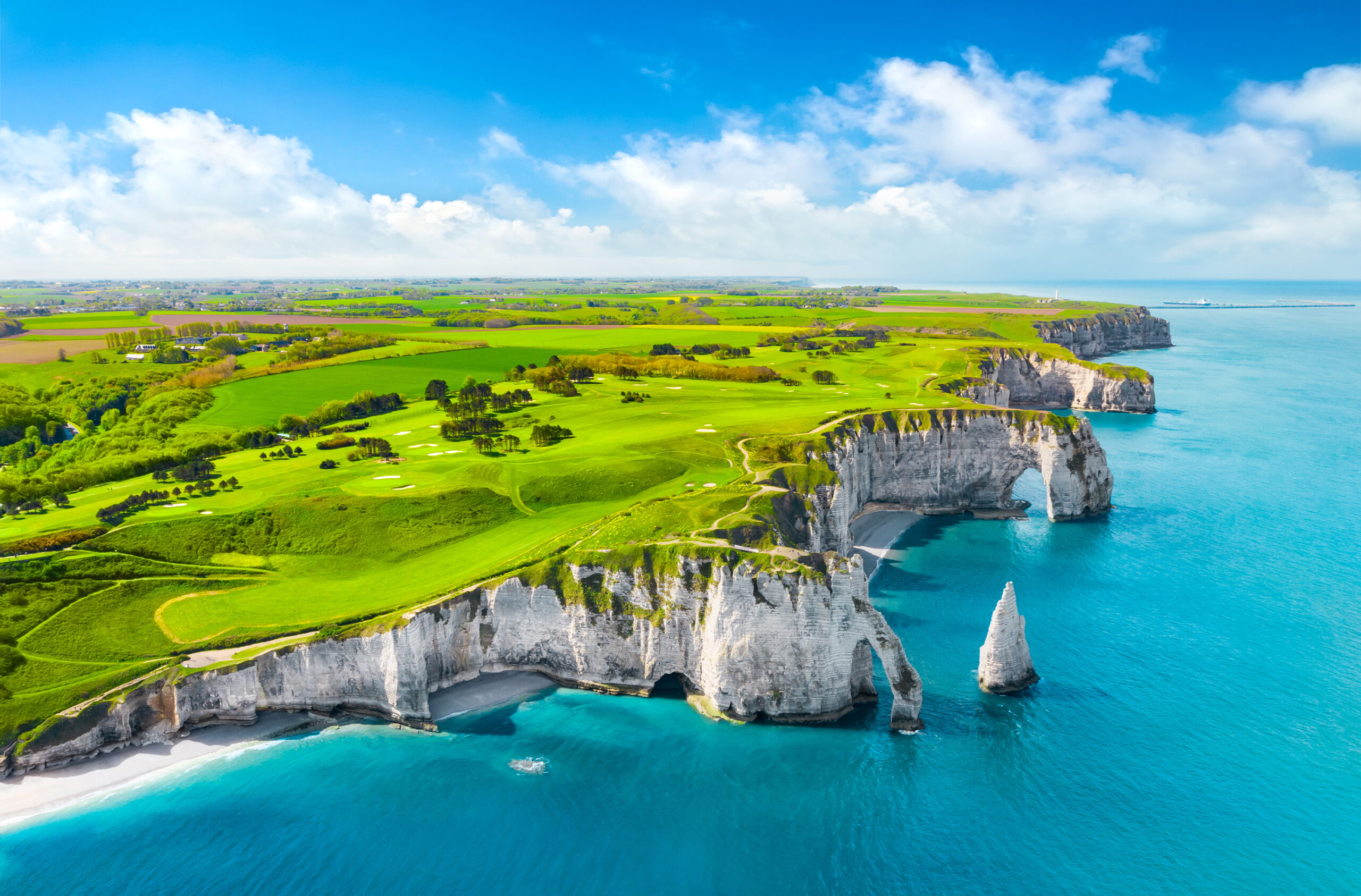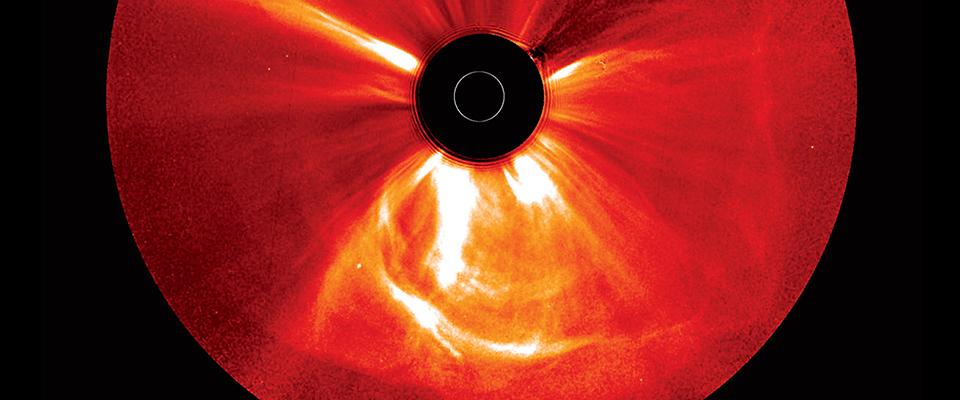At least 24 people died in the tornado that struck Moore, Oklahoma yesterday, and damage could hit the $2 billion mark. It may be inaccurate – as well as hackneyed – to call the storm a “monster,” but it was certainly very big. On the Enhanced Fujita scale of EF-1 to EF-5, the twister hit EF-4, with winds in excess of 190 mph.
That made it one of larger and the more destructive tornados in recent decades. But it was not as big as the EF-5 storm that also tore through Moore in 1999. Nor is the storm necessarily a harbinger of more and bigger tornados due to climate change, as some have postulated.
“The truth is that we don’t know,” said Michael Wehner, a staff scientist in the computational research division at Lawrence Berkeley National Laboratory. Wehner specializes in extreme weather behavior in changing climates. He was a member of the lead author team for the 2009 White House Report on U.S. global change impacts, and is the lead author of the fifth assessment report of the Intergovernmental Panel on Climate Change.
“There are two competing things going on,” said Wehner, “and as is often the case in this line of work, it’s unclear just what they mean.”
Tornado intensity is dictated by temperature and humidity differentials. During tornado season in the Midwest, cold dry air from Canada collides with warm humid air from the Gulf of Mexico. The cold air is usually higher in elevation, and blocks the warm air from rising; this causes the warm air to horizontally rotate, ultimately spawning twisters.
Reached by phone, Wehner explained that a warming planet means there is more overall heat in the climatic system, which can make weather events more extreme, “but you have to remember that the temperatures of the air coming from the north will also be warmer, which could increase weather stability.”
For hurricanes, said Wehner, “We do think that climate change could result in fewer large hurricanes globally – but the large ones could be larger. But tornados are completely different. We just can’t compute projections down to that scale, we can’t say anything about their behavior (in an era of climate change) with any certainty.”
But scientists can make climate change-based projections for the conditions that lead to tornados – and there’s some good news there, Wehner said. Typically, such computer models have resolutions of 100 square kilometers. Given that the smaller the scale, the more accurate the projections, that’s pretty good.
Even better, Wehner has developed models with resolutions of 25 square kilometers. That means he and his peers can project the likelihood of the development of tornado-friendly conditions on a very tight grid under expected climate change scenarios.
Not that it was easy. “I have access to a major percentage of the largest computer at Berkeley Lab, as well as computers at other labs,” Wehner said. “Without (such supercomputers), this kind of work would not be possible. Even as it is, the calculations strain the machines, and the amount of information you deal with is overwhelming. It’s Big Data.”
–Glen Martin




















